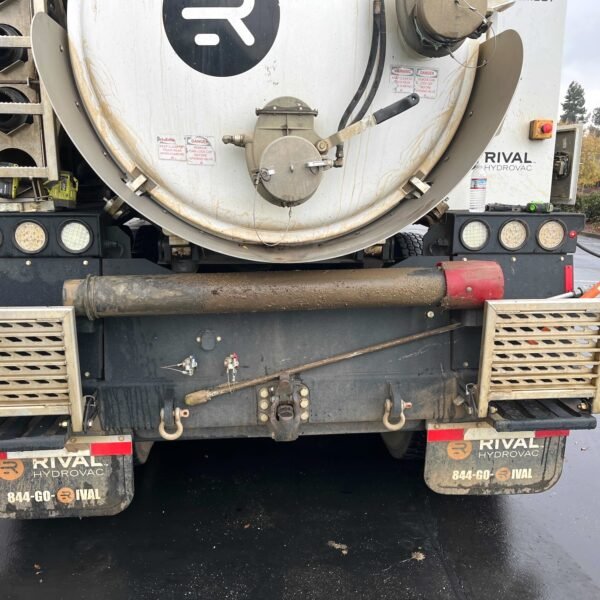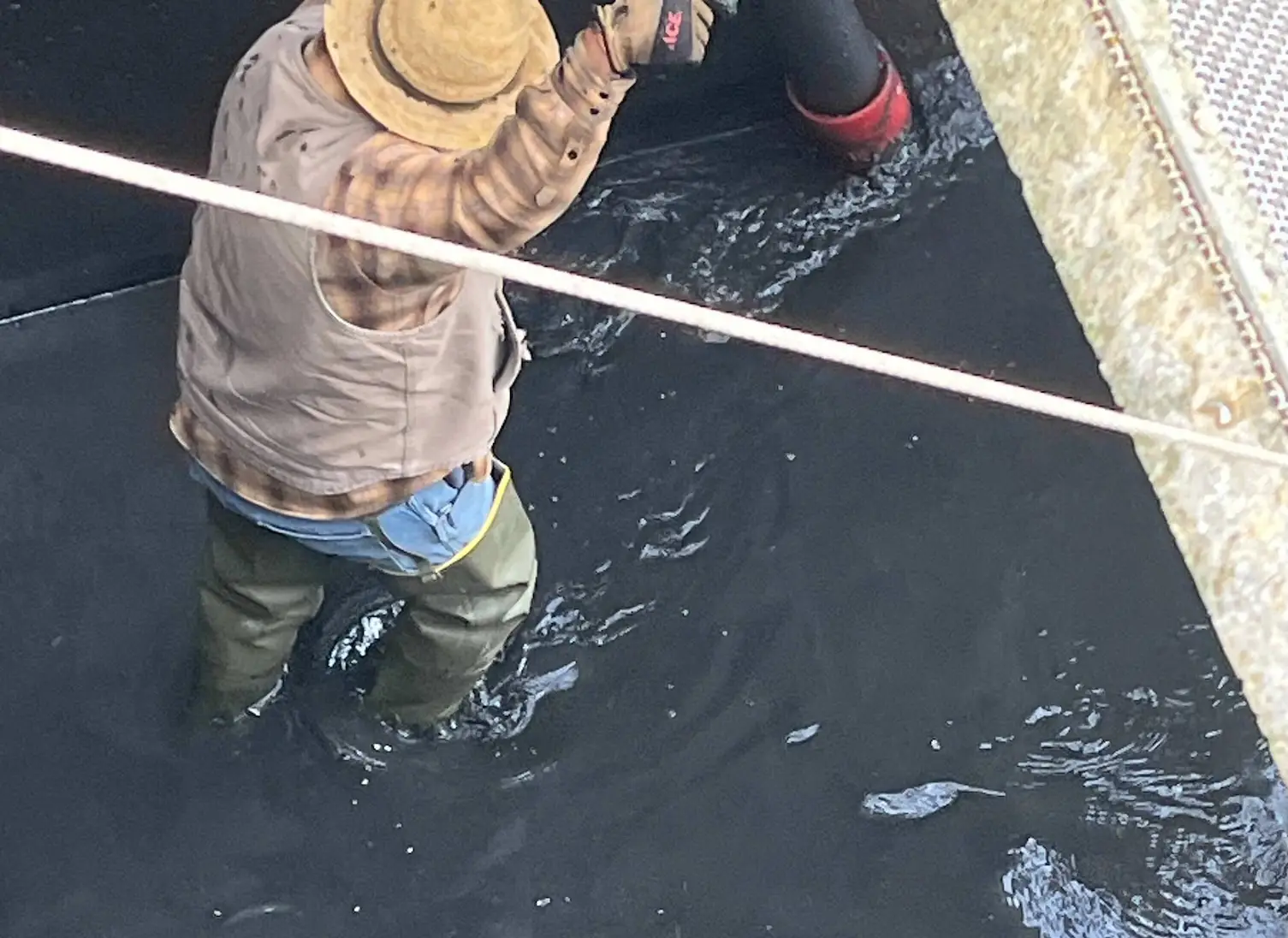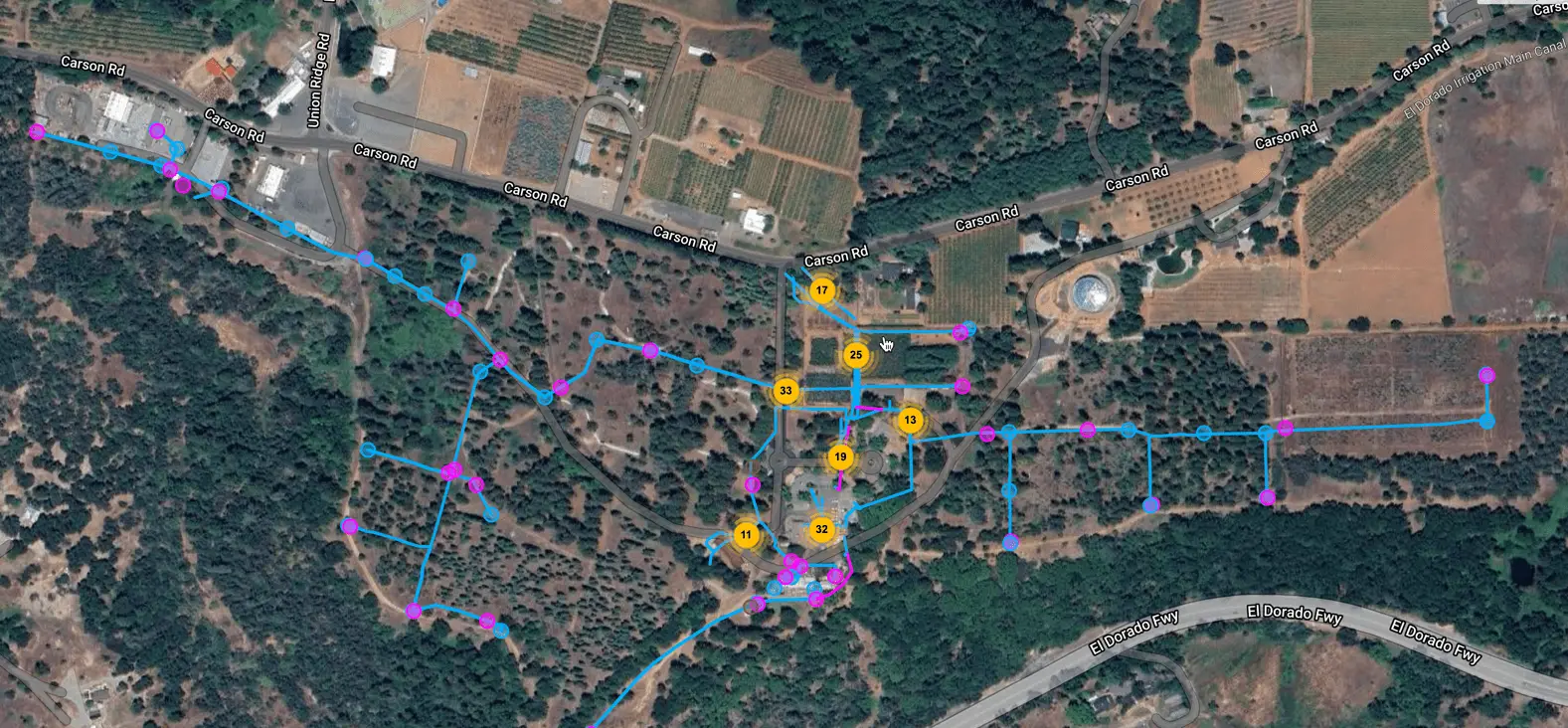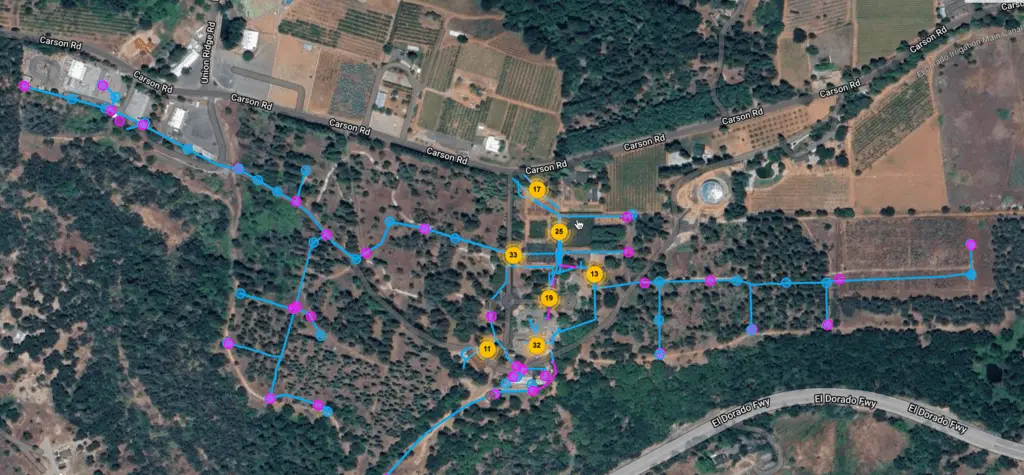Project Overview:
The 2MGE team was contracted to remove accumulated clam shells and sediment from water tanks and drainage ponds in Colusa County. Over time, debris buildup was reducing flow efficiency and causing potential maintenance issues. Using advanced vacuum excavation, we successfully cleared the tanks and ponds, restoring full functionality and preventing future blockages.




Challenges
- The tanks and ponds in Colusa County’s water infrastructure had accumulated a significant amount of clam shells, sludge, and debris.
- Restricted water flow was leading to inefficiencies in the system, posing operational challenges.
- Traditional cleaning methods were either too slow, costly, or ineffective for handling the volume of debris.
- The client needed a fast and effective method to clear out the buildup without causing downtime.
Solution
- Our team deployed vacuum excavation trucks to safely remove sediment, debris, and clam shells.
- The ponds were drained efficiently, reducing water waste while allowing thorough cleaning.
- Specialized high-powered suction equipment removed built-up sludge without damaging infrastructure.
- The process was completed ahead of schedule, minimizing disruption to the client’s operations.
Results
✅ All clams and sediment removed
✅ Major increase in water flow efficiency
✅ Tanks and ponds fully restored for continued use
✅ Minimal downtime for the client’s operations
Client Testimonial
“2M General Engineering did a fantastic job clearing our water tanks and drainage ponds. Their vacuum excavation process was quick and efficient, and they minimized disruption to our operations. We highly recommend their services for any reclamation or irrigation projects.”
-Jorge Jamie / Operations / Colusa County Water District
💡 Have a similar issue? Let us help.
📞 Contact us today for a free consultation on tank cleaning, pond drainage, or vacuum excavation services.
916-237-7445




